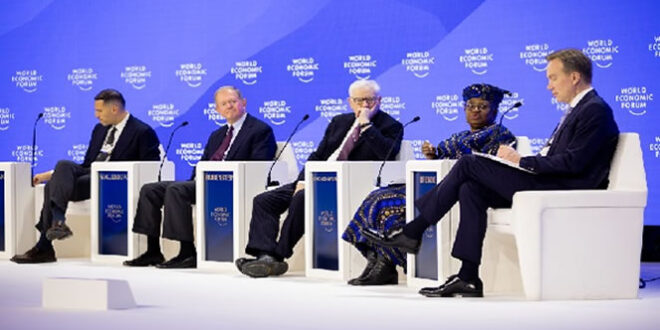The United States tops the list with a projected GDP of $30.51 trillion, supported by a diverse economic base spanning services, manufacturing, technology, and finance. Its annual real GDP growth rate stands at 1.8 per cent, with a per capita income of $89,110. China remains the second-largest economy with a GDP of $19.23 trillion, growing at 4 per cent annually. China’s economic influence has expanded significantly over recent decades, moving from fourth place in 1960 to second in 2025.
Germany ranks third globally, slightly ahead of India in terms of GDP value at $4.74 trillion, despite showing flat growth this year.
India, now the world’s fourth-largest economy with a GDP of $4.19 trillion, is projected to grow at an impressive rate of 6.2 per cent in 2025. Higher rural consumption, favourable government policies, and thriving sectors such as technology, services, and agriculture drive this expansion. With a per capita GDP of $2,880, India is also experiencing rapid growth in its middle class and digital economy.
Emerging Economies Gaining Ground
Just outside the top 10 are several economies showing potential for future growth. Russia ($2.08 trillion), Spain ($1.8 trillion), South Korea ($1.79 trillion), Australia ($1.77 trillion), and Mexico ($1.69 trillion) round out the next five, followed by Türkiye, Indonesia, the Netherlands, Saudi Arabia, and Poland.
Regional data from the IMF also highlights the varying contributions of these nations to global GDP, adjusted for purchasing power parity (PPP). For instance, while the US holds 14.99 per cent of global GDP by PPP, China leads in this metric with a 19.05 per cent share, reflecting the scale of its domestic economy.
 Gistfox Your News Window To The World
Gistfox Your News Window To The World 




